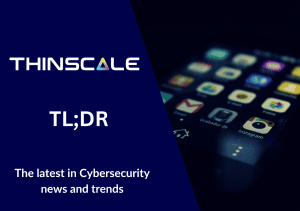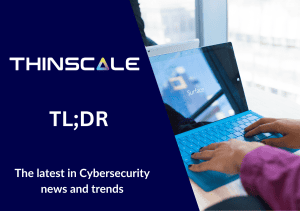Remote working has become a significant aspect of today’s job scene. It gives people more freedom and helps them balance work and life better, but it also brings up a lot of safety issues.
The evolving threat landscape
The safety risks that come with working from home have changed a lot. In 2024, some of the biggest risks are:
- Phishing Attacks: These still top the list of reasons for data breaches. Scammers take advantage of remote workers who depend on email and chat apps.
- Weak Passwords: Many people working from home use easy-to-guess or repeated passwords, despite knowing how to create strong ones. This makes them easy prey for hackers.
- Unsecured Wi-Fi Networks: People working often hook up to public or home networks that don’t have strong security. This exposes sensitive data to the risk of theft.
- Poor security on devices: When using personal or work devices remotely, there is a greater risk of attacks from malicious actors. Remote workers need better security measures for their devices.
- Insider Threats: Both intentionally and unintentionally, employees can cause significant data leaks. This risk goes up when staff can access sensitive info outside the safe office setting.
Notable cyber attacks
- AT&T (2024) – AT&T announced that there were leaks of data sets containing personal information including social security numbers. Estimated impact of around 7.6 million current users.
- Uber (2023) malicious actors got into a partner’s system and exposed Uber and Uber Eats employee data. This event shows the dangers of working with outside partners and why companies should have strict rules to manage their vendors.
- Ticketmaster (2024) According to Ticketmaster, “an unauthorized 3rd party obtained information from a cloud database” – this breach resulted in around 560 million records being breached.
To fight these risks, companies need to use a layered security plan that includes:
1. Authentication and identification
- Set up Multi-Factor Authentication (MFA) to add another level of protection.
- Implement conditional security solutions to ensure the security and identity of devices accessing corporate resources.
- Implement IT best practice policies to encourage users to create and keep safe strong, one-of-a-kind passwords.
2. Network security best practices
- Utilize VPNs or similar encrypted tunneling solutions to safeguard data transfer from the remote location to the corporate environment.
- Make sure home internet boxes and Wi-Fi networks have strong passwords and the latest updates.
- Block the usage access of public or unverified networks wherever possible.
3. Zero-Trust Device Security
- Put in place zero-trust endpoint security solutions, utilizing user lockdown, session isolation, and strict permission restriction
- Keep all programs and systems up to date to guard against known weak spots.
- Use a centralized management platform to oversee and control all devices in the network for quick response to security issues.
4. Wide-ranging Training and Awareness Programs
- Hold frequent cybersecurity lessons to teach staff about the newest phishing tricks and social engineering methods.
- Create a security-minded culture pushing employees to report anything that seems off.
Conclusion
In 2024, working from home important for businesses. It’s crucial to understand and minimize the security risks that come with it. By taking lessons from recent data leaks and putting strong safety measures in place, companies can shield their data and keep their remote working setups secure. To guard against future breaches, it’ll be vital to make sure safety rules keep up with new threats as they pop up. If you are interested in learning more about how ThinScale secures remote working deployments, click here to learn more, or get in touch with a member of our team!



